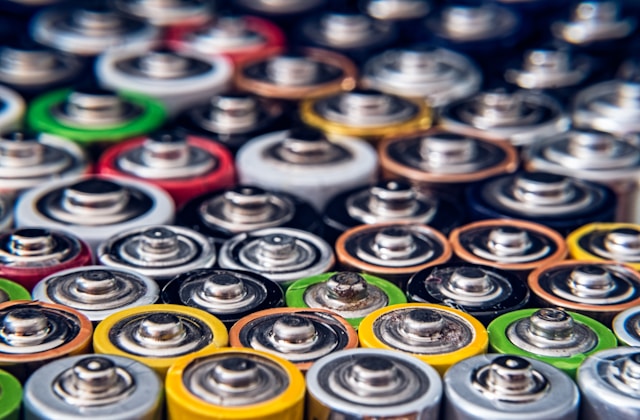With our ever-increasing pace of life comes an ever-growing need for portable power. Batteries are heroes in our daily lives, keeping devices going without complaint. But not all batteries are equal: each type offers different characteristics, applications, merits, and quirks that must be explored to maximize their performance. Have you ever found yourself cursing your dead phone during a Zoom meeting or marveled at its longevity of remote batteries?
Alkaline Batteries: The Everyday Heroes
Alkaline batteries are workhorses of the battery world, often found in household products like remote controls and toys. Their cost-effective nature, reasonable shelf life, and range of sizes makes them popular choices in various household applications. To get the best performance out of alkaline batteries, store them at room temperature and avoid mixing new and old ones which could result in leakage and reduced efficiency. While alkalines may not be rechargeable they make for convenient low drain applications.
Lithium-Ion Batteries: The Powerhouses
Make room for lithium-ion batteries, the heroes of modern rechargeable technology. Found in smartphones, laptops and even electric vehicles alike, these lithium-ion batteries boast excellent energy density and longevity. To optimize their effectiveness and ensure long lasting use, avoid extreme temperatures (particularly heat) while charging between 20%-80% whenever possible. Periodically updating software on devices may also enhance management for optimal battery management thereby increasing longevity.
Nickel-Cadmium (NiCd) Batteries: The Old Guard
While not as widespread in consumer products today, nickel-cadmium (NiCd) batteries were once considered the standard in rechargeable technology due to their durability and high discharge rates. They’re still popularly found in power tools and emergency lighting applications. For optimal longevity it is best to fully discharge NiCd batteries prior to charging to reduce memory effect, which reduces capacity.
Nickel-Metal Hydride (NiMH) Batteries: The Versatile Vets
NiMH batteries emerged as environmentally-friendly alternatives to NiCd, boasting greater capacity and less toxicity. A popular choice in digital cameras as well as some rechargeable AA/AAA batteries, NiMH offers excellent performance while remaining environmentally-friendly. To get maximum life out of NiMHs it should be cycled (fully charged and discharged) every few months to maintain capacity. Also store in cool, dry storage to maximize performance and ensure long term viability.
Hearing Aid Batteries: Tiny Powerhouses
Hearing aid batteries may be small, but they have plenty of power packed into them to keep your hearing devices operating smoothly. Zinc-air types use air as an energy source and are known for producing stable voltage. Zinc-air batteries come in sizes specifically tailored to meet hearing aids’ energy demands. Simply remove their protective tab when ready to use so as not to activate their performance prematurely. Regular replacement ensures maximizing hearing aid battery performance.
Recharge, Recharge: Tips for All
Although each battery type may have unique charging requirements, some universal tips can extend its life:
- Avoid Extreme Temperatures: Batteries prefer moderate environments as both high heat and freezing temperatures can reduce performance over time.
- Charging and Discharging Regularly: For maximum battery use, batteries should be regularly cycled between their various charge states. But for lithium-ion, shallow charges are preferred.
- Storage Solutions: As storage solutions, whenever not in use, remove batteries from devices to prevent drainage or leakage issues.
Conclusion
Knowing more about batteries will inevitably result in less interruptions and an enhanced experience when using your favorite gadgets. So next time you turn on a light or turn on one of your beloved electronics, remember these incredible power sources can get more mileage out of them, saving both money and potentially your Zoom presentation.


